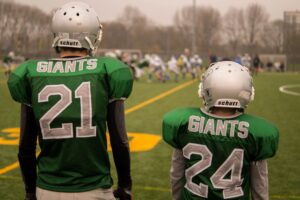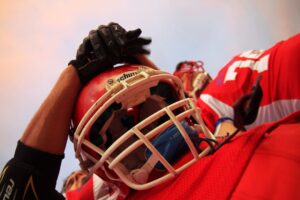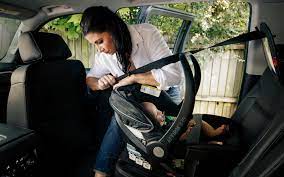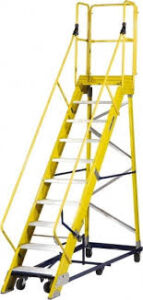There are many ways to help reduce the risk of a concussion or other serious brain injuries both on and off the sports field, including:


- Automobile Accidents
- Motorcycle Accidents
- Bicycle Accidents
- Football
- Basketball
- Cheerleading
- Hockey
- Lacrosse
- Soccer
- Softball
- Volleyball
- Wrestling



 Car seats and boosters provide protection for infants and children in a crash, yet car crashes are a leading cause of death for children ages 1 to 13. That’s why it’s so important to choose and use the right car seat correctly every time your child is in the car. Follow these important steps to choose the right seat, install it correctly, and keep your child safe.
Car seats and boosters provide protection for infants and children in a crash, yet car crashes are a leading cause of death for children ages 1 to 13. That’s why it’s so important to choose and use the right car seat correctly every time your child is in the car. Follow these important steps to choose the right seat, install it correctly, and keep your child safe.